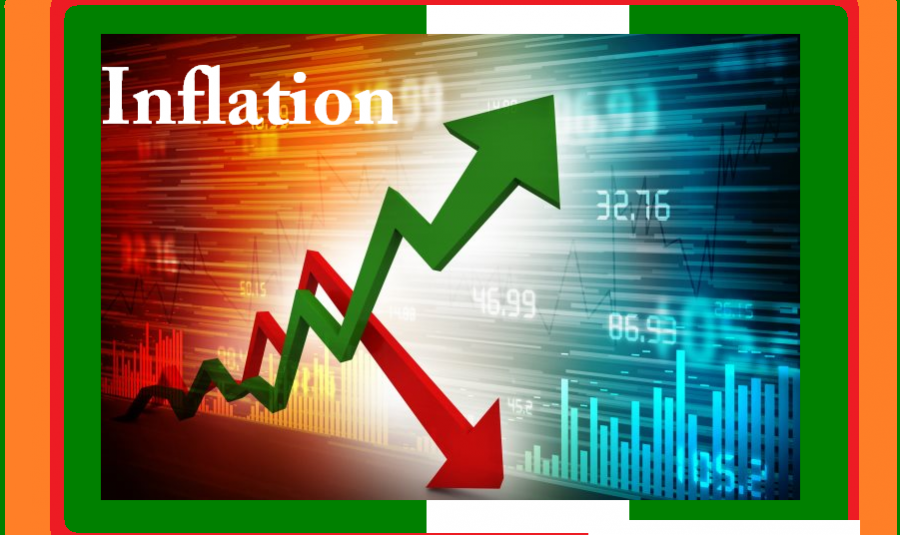This article is written to help explain the confusion that arises with the characterization of inflation rate as a rise of fall. Whenever the National Bureau of Statistics releases its headline inflation rate news outlets often report it in ways that confuse the message to the ordinary Nigerian.
For example, If Nigeria’s inflation rate for the month of June was 16.1% indicating that Nigeria’s inflation rate has fallen for 5 months consecutively. In the same vein, the inflation rate of 16.1% can also be reported as a rise in the month of June. To make matter worse it can also be reported that month on month inflation rose by 1.6% for the month of June. So why all this confusion about rise and fall?
Definition of Inflation
Inflation rate is the percentage rise the average prices of a basket of goods and services from one period (the present) and the corresponding period in the past. It is measured by taking the percentage difference between the base in the current month and the base in the same month in a prior year. This term is called the year on year inflation and is also referred to as the headline inflation rate because that is what is used by you banks, suppliers, clients etc. to rework their pricing. It can also be the difference between the base in the current month and the prior month within the same year. This is called the month on month inflation rare.
Example
Assuming the weighted average prices in a basket of goods and services in June 2016 was 201.7 (the base) and that of June 2017 was 234.2 (new base). The inflation rate will be calculated as the percentage growth between the new base and the prior base which is 16.1%. Therefore, the National Bureau of Statistics will then declare that inflation rate rose by 16.1% for the month of June 2017.
[Read Also: A look at the attendant impacts of the new Customs Exchange Rate]
Does it always rise
By default, the word inflation signifies a rise so any time inflation rate is mentioned it means prices of goods and services rose between one period and another. The opposite of an inflation rate is a deflation, which means rather than rise the prices of goods and services fell. In the example above, if June 2017 base was 198.2, then the Bureau of Statistics will say we had a deflation of -0.01%. Deflation is very rare and usually occurs in countries like Japan. Nigeria has not experienced a deflation in recent history.
So, what do they mean when they say inflation is fallen?
Now to address this confusion, a fall in the rate of inflation basically means that the inflation rate in a particular month is not lower than the inflation rate in a prior month or months. For example, assuming May 2017 inflation rate was 16.25% and June is 16.1% one can assert that inflation rate has fallen in June compared to May. In other words, a fall in inflation is a slow down in the rate of growth in inflation. So even though year on year inflation did rise by 16.1% in June, it fell by 0.15% when compared to May’s 16.25%.
Month on Month Inflation
The Month on Month inflation also follows a similar pattern, just that as in our example, the base for the June 2017, is compared to the base of May 2017. So assuming the base of May 2017 was 230.5 and the base for June 2017 is 234.2, month on month inflation will be the percentage difference between the two which is 1.58%.
[Read Also: Nigeria’s Inflation drops to 11.08% in July 2019, slowest in 3 years]
Summary
Whenever you hear the word inflation just know that it represents a rise between one base period (the current) and another base the former. A fall only indicates the slower rise in a rise in inflation.
